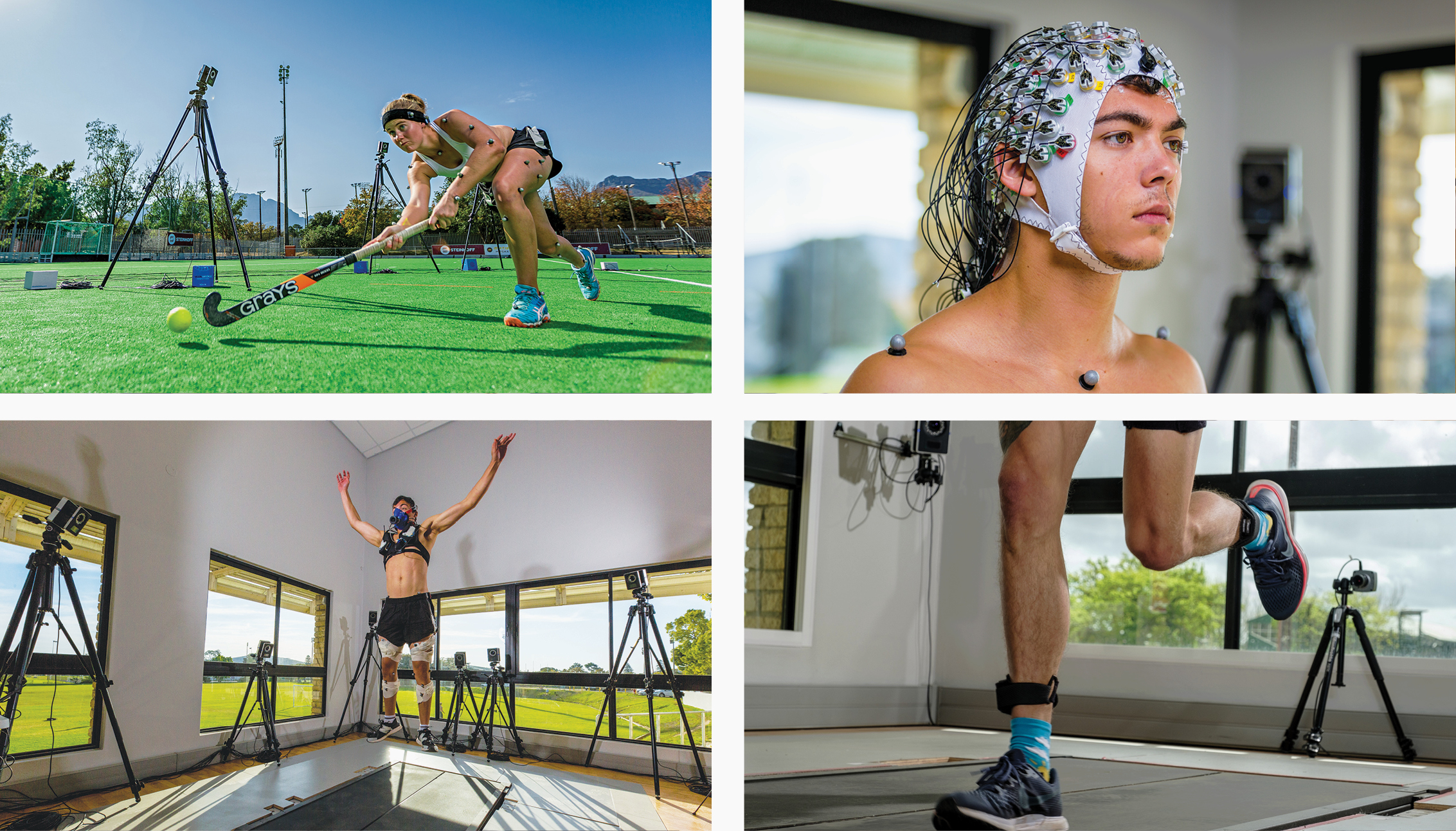?中国体育彩票 Neuromechanics
?
| ?? ? ? |
?Our unit houses one of the most unique and comprehensive arrays of high-end Neuromechanics equipment on the African continent. As a CAF facility, we operate as a non-profit fee-for-service platform that is open to all on a first-come first serve basis.
We have a highly qualified and experienced multidisciplinary team of specialists working full-time at the unit to support our clients and to maintain and develop the facility. We provide analytical services from two laboratories (one in Stellenbosch and one in Cape Town) as well as remotely using advanced portable technologies.
Besides routine services, we offer consultation services for custom solutions requiring experimental design, data collection (we can provide an operator), data processing and/or data interpretation. We also offer equipment rental and training options to our clients in academia.
What is Neuromechanics?
Neuromechanics is a relatively new field that combines concepts from neurophysiology and musculoskeletal biomechanics to study human movement1. While biomechanical analysis is concerned with the mechanical behavior of the human body (movement patterns and the forces involved), motor control emphasized the neural information processing (central and peripheral) that produces this behavior. This coupling between the body and the brain is a central theme of neuromechanics that requires an integrative, multidisciplinary approach2. In the past two decades, advances in wearable sensor technologies have finally made it possible to comfortably collect these different types of information simultaneously and in more natural environments. This is creating many opportunities to perform novel research and deliver innovative data services, while at the same time creating new challenges in terms of technology integration and big data analytics.
Why is Neuromechanics important?
Neuromechanics has a wide range of application areas in healthcare, sports science and engineering. Fundamental Neuromechanics research can help to shed new light on how human movement function is affected by physical development, sensorimotor learning, impairment, rehabilitation and training. This knowledge also plays a critical role in applied science efforts to improve the health and well-being of individuals and communities in a number of ways. For example, it can support the development of assistive devices, surgical procedures and clinical services for persons with impaired physical function due to aging, injury, disability or disease. It can also be used to improve performance in sport and exercise through optimized training and coaching, or to improve workplace productivity and safety through optimized ergonomics.
- Enoka, Roger (1988). Neuromechanical Basis of Kinesiology. Human Kinetics. ISBN 978-0873221795.
- Nishikawa, Kiisa, et al. "Neuromechanics: an integrative approach for understanding motor control." Integrative and Comparative Biology 47.1 (2007): 16-54.
?




